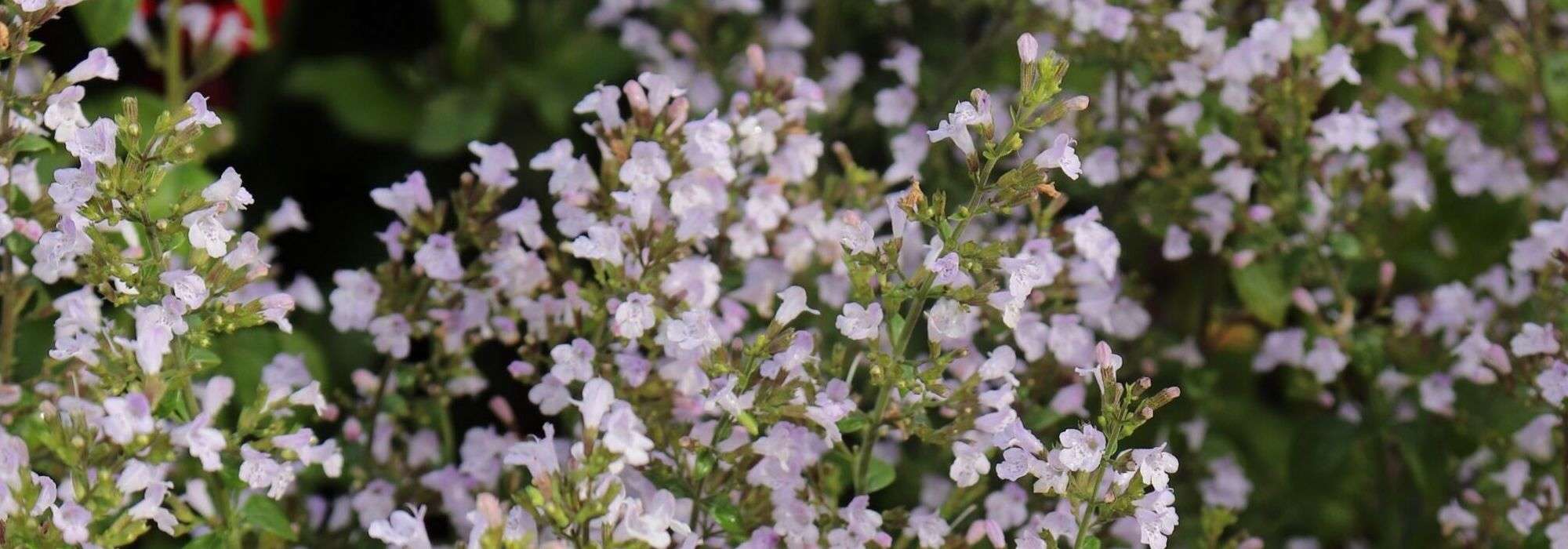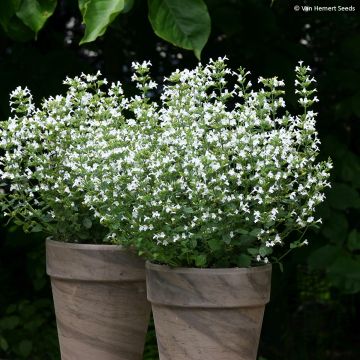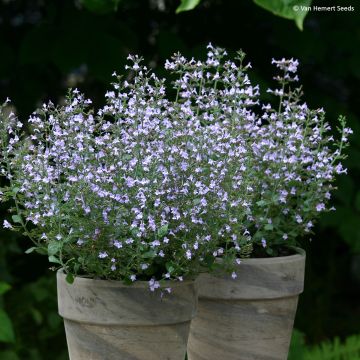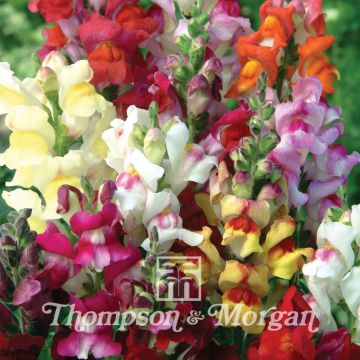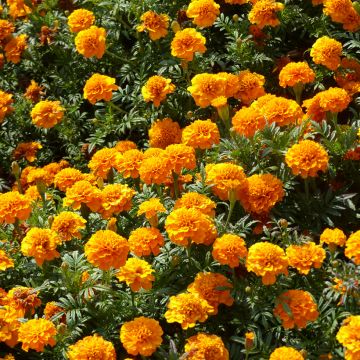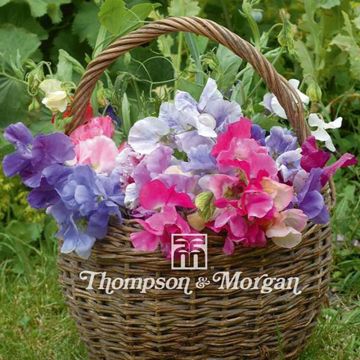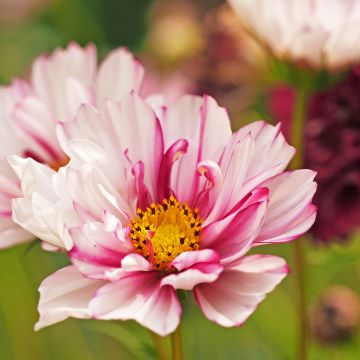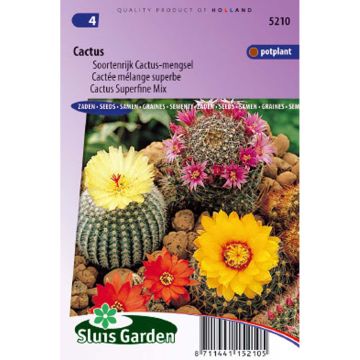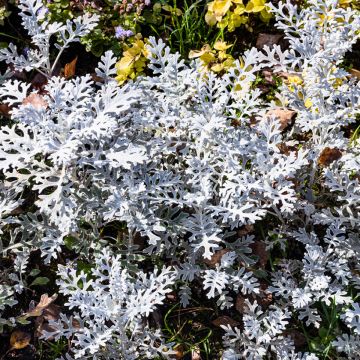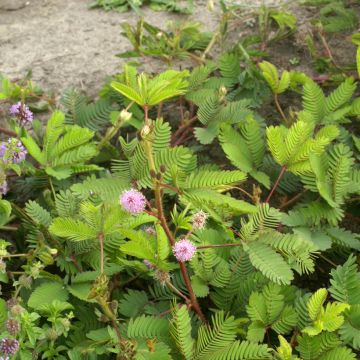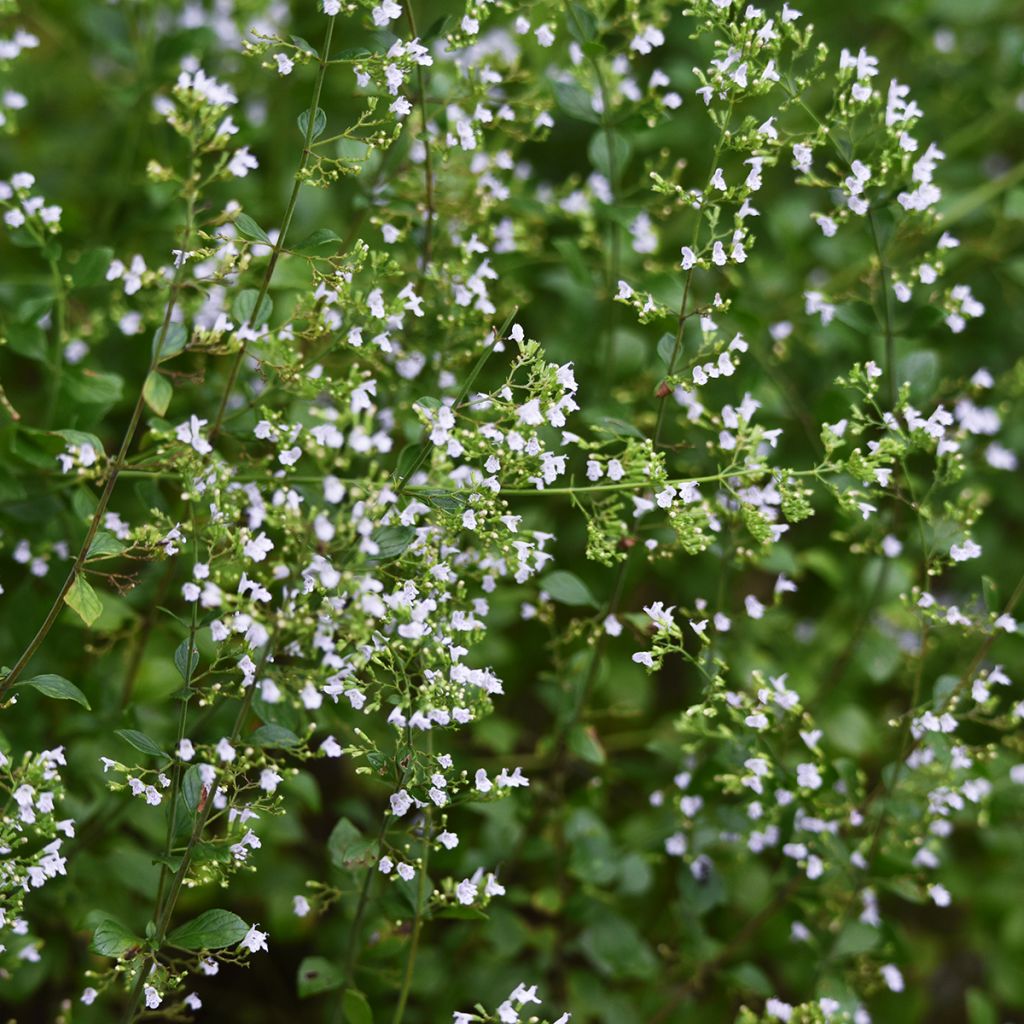

Calamintha nepeta - Lesser Calamint seeds


Calamintha nepeta - Lesser Calamint seeds
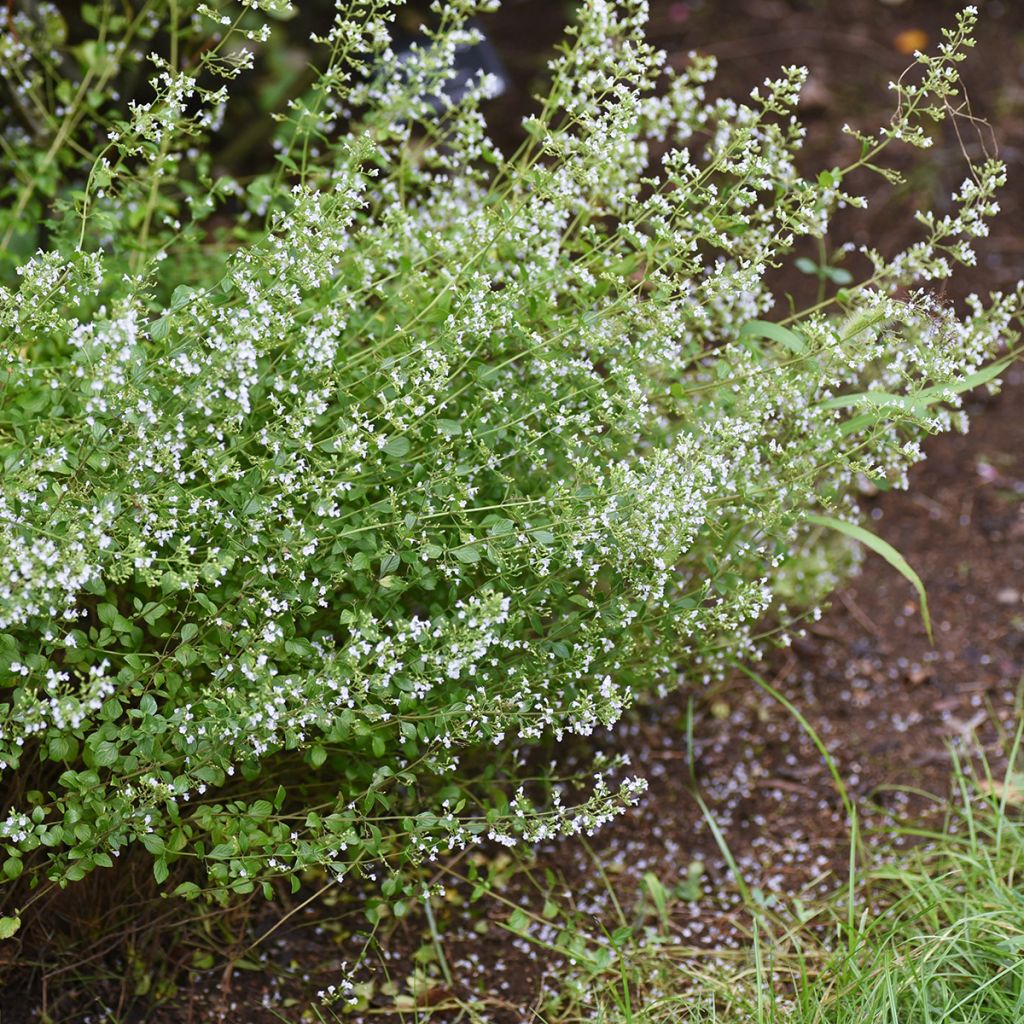

Calamintha nepeta - Lesser Calamint seeds
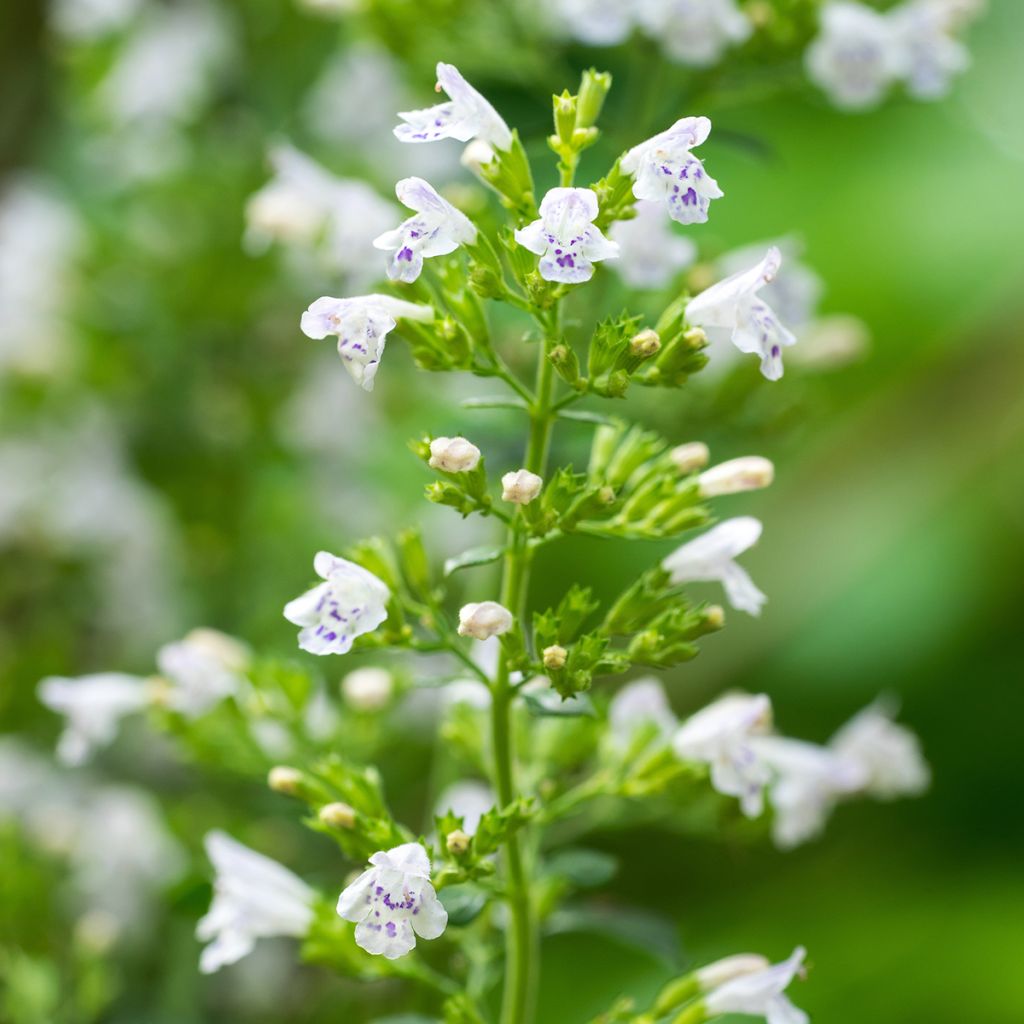

Calamintha nepeta - Lesser Calamint seeds
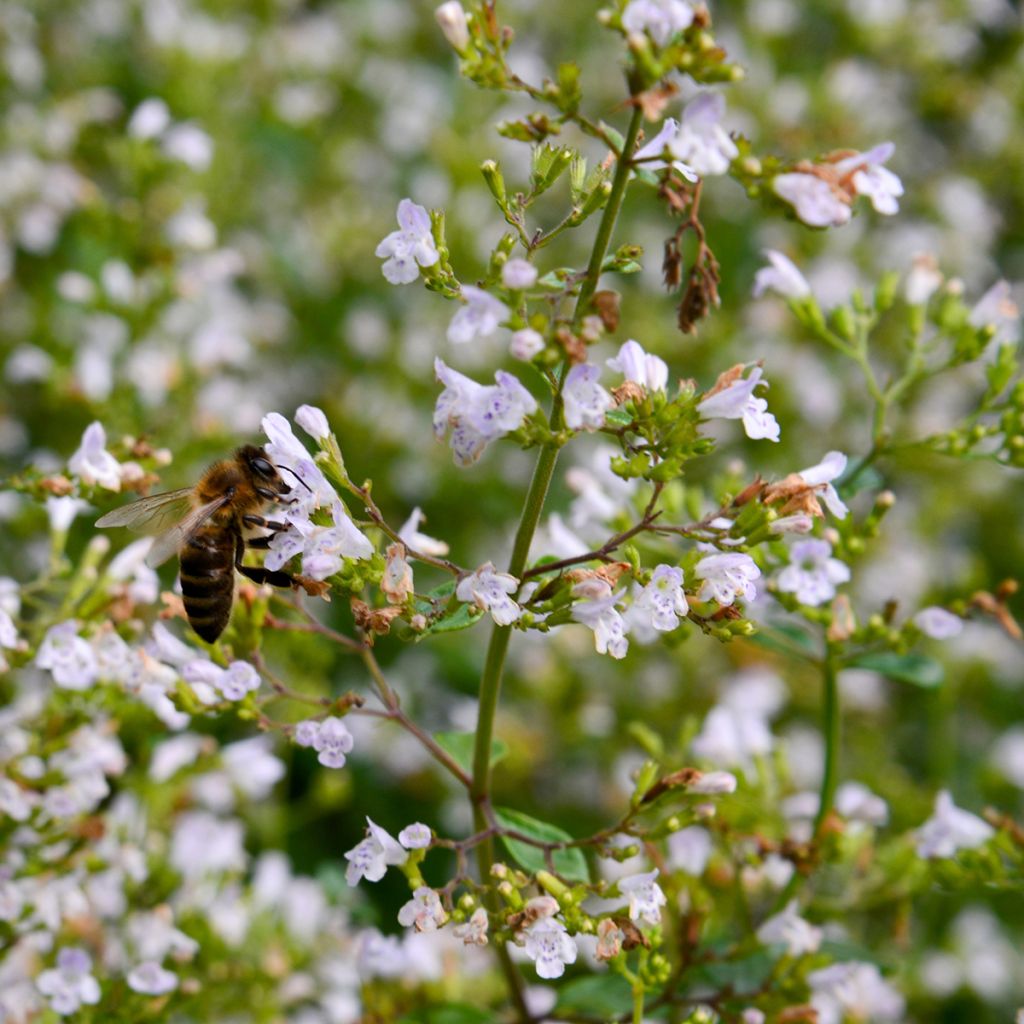

Calamintha nepeta - Lesser Calamint seeds
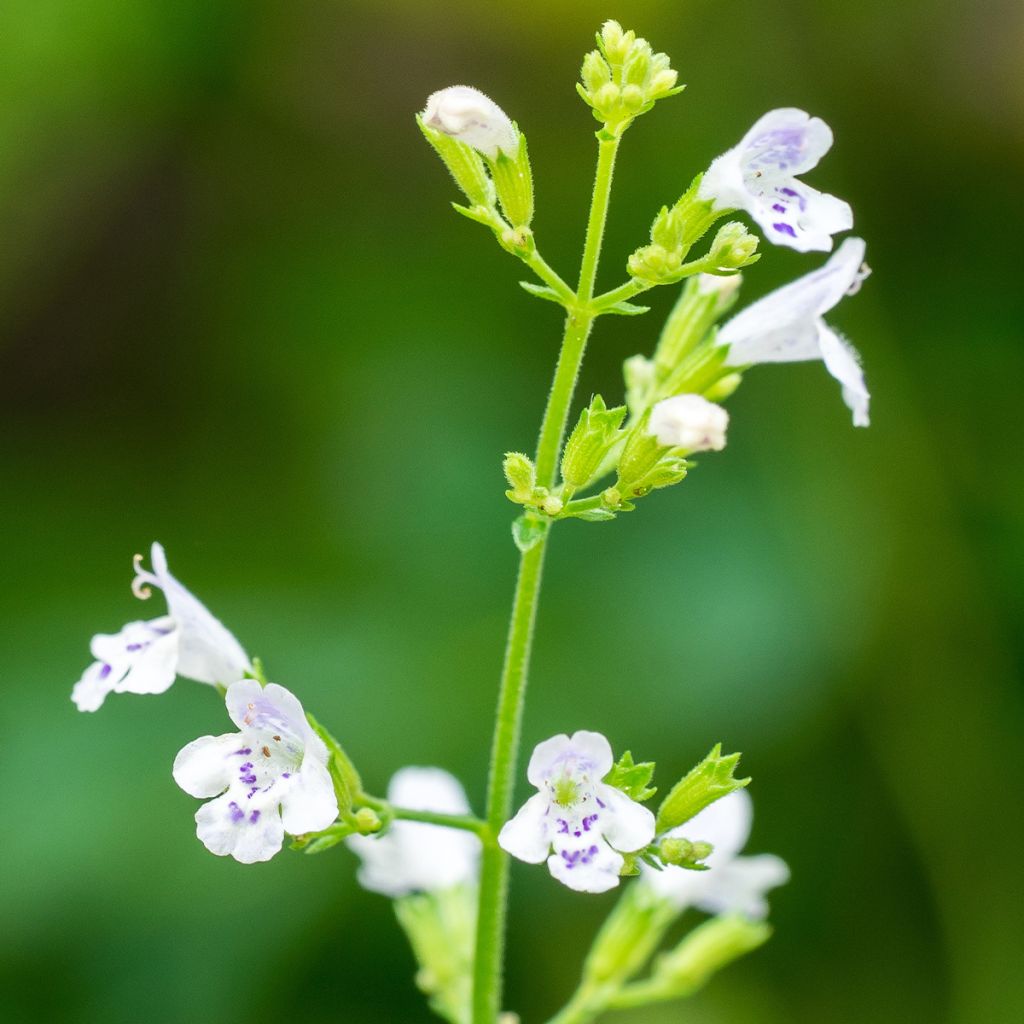

Calamintha nepeta - Lesser Calamint seeds
Calamintha nepeta - Lesser Calamint seeds
Calamintha nepeta
Lesser Calamint, Field Balm
Special offer!
Receive a €20 voucher for any order over €90 (excluding delivery costs, credit notes, and plastic-free options)!
1- Add your favorite plants to your cart.
2- Once you have reached €90, confirm your order (you can even choose the delivery date!).
3- As soon as your order is shipped, you will receive an email containing your voucher code, valid for 3 months (90 days).
Your voucher is unique and can only be used once, for any order with a minimum value of €20, excluding delivery costs.
Can be combined with other current offers, non-divisible and non-refundable.
Home or relay delivery (depending on size and destination)
Schedule delivery date,
and select date in basket
This plant carries a 6 months recovery warranty
More information
We guarantee the quality of our plants for a full growing cycle, and will replace at our expense any plant that fails to recover under normal climatic and planting conditions.
Would this plant suit my garden?
Set up your Plantfit profile →
Description
The Calamintha nepeta, renamed Clinopodium nepeta, is a small aromatic perennial plant known as the lesser Calamint. It is used as a condiment and in herbal medicine for its digestive properties. Its small hairy leaves, rich in essential oils, have a powerful scent of mint and menthol. The light, nectariferous, and melliferous flowering occurs between summer and autumn. It resembles a beautiful mist of small white-pink flowers that turn more mauve towards the end of the season. In the garden, the lesser Calamint easily finds its place in rockeries and borders where it readily self-seeds. It is an excellent plant for dry and limestone soils, perfectly adapted to the Mediterranean zone.
Calamintha nepeta, the false nepeta calamint, belongs to the large family of Lamiaceae, like mints, marjorams, thymes, sages, and lavenders. It is a spontaneous botanical species in southern Europe, North Africa, and Asia Minor. It is a rhizomatous plant with a dense stump. Its vegetation sometimes persists during winter in the South, but it disappears in colder regions. In spring, the lesser Calamint forms a neat little cushion. The thin square-sectioned stems elongate and then branch out, forming a beautiful clump about 40 cm (16in) in all directions. The leaves are very small, hairy, slightly toothed, dark greyish green, and remarkably aromatic: with the slightest touch, they exude a characteristic, very refreshing scent. Flowering begins in June-July and continues until October. It is not spectacular but is charming: the tiny flowers, borne on tall inflorescences, bloom for a long period. Their white-pink colour, quite pale at the beginning of the season, becomes more bluish-purple as temperatures drop towards autumn. Calamintha nepeta slowly colonises the soil through its rhizomes.
The lesser Calamint is a very common plant in dry Mediterranean gardens, where it tends to self-seed everywhere. However, it easily adapts further north if planted in well-drained soil, not too wet in winter. This aromatic plant is traditionally used dried, in small quantities, in many Corsican (under the name nepita) and Italian culinary specialties, and sometimes in infusions. Suited to arid situations, as well as poor, limestone, and rocky soils, it works wonders in rockeries, on slopes, along paths or borders, and between the paving stones of a stone step. It is an excellent complement to many flowers in the garden, especially red and fuchsia-pink shrubby salvias, Caryopteris, Perovskia, gauras, and asters preferring drier soil.
Calamintha nepeta - Lesser Calamint seeds in pictures


Flowering
Foliage
Plant habit
Botanical data
Calamintha
nepeta
Lamiaceae
Lesser Calamint, Field Balm
Southern Europe
Other Calamintha seeds - Calamint
View all →Planting and care
Sowing advice: the germination of the seeds can sometimes be long (between 1 and 4 weeks), and the germination rate of the seeds is irregular. If there is no germination after 4 weeks, place your seeds in the cold for 2 to 4 weeks (for example in the vegetable drawer of the refrigerator).
Sow from April to June directly in the open ground, in well-prepared and loosened soil, or from March in a tray or seedbed under heated shelter between 18 and 21 °C (64.4 and 69.8°F). In the open ground, keep only one plant every 50 cm (20in).
Sow the seeds on the surface of a good, light, moist, and well-drained soil. Cover with a thin layer of vermiculite or compost. Seal tightly in a transparent plastic bag at a temperature of 18 to 21 °C (64.4 to 69.8°F) until germination. Expose the seedlings to light, as this facilitates germination. A tray placed under the seedbeds will allow watering from below, which avoids disturbing the seeds.
Transplant the plants, when they are large enough to handle, into pots with a diameter of 7.5 cm (3in). Grow them in a cool place (around 15 °C (59°F)) for 10 to 15 days, before planting them outside in spring or autumn, spacing them 50 cm (20in) apart.
Cultivation advice:
Plant calamintha nepeta in the sun, in well-drained soil, even rocky or sandy, even limestone. It is a plant perfectly adapted to the long dry summers of Mediterranean regions, where it self-seeds abundantly. Its hardiness is rather good (-12 to -15 °C (10.4 to 5°F) at its lowest) in soils that do not retain too much moisture. Once well rooted, this perennial is remarkably robust. Planting in spring is preferred outside the Mediterranean region. In this region, however, it is best planted in September-October.
Sowing period
Intended location
Planting & care advice
This item has not been reviewed yet - be the first to leave a review about it.
Similar products
Haven't found what you were looking for?
Hardiness is the lowest winter temperature a plant can endure without suffering serious damage or even dying. However, hardiness is affected by location (a sheltered area, such as a patio), protection (winter cover) and soil type (hardiness is improved by well-drained soil).

Photo Sharing Terms & Conditions
In order to encourage gardeners to interact and share their experiences, Promesse de fleurs offers various media enabling content to be uploaded onto its Site - in particular via the ‘Photo sharing’ module.
The User agrees to refrain from:
- Posting any content that is illegal, prejudicial, insulting, racist, inciteful to hatred, revisionist, contrary to public decency, that infringes on privacy or on the privacy rights of third parties, in particular the publicity rights of persons and goods, intellectual property rights, or the right to privacy.
- Submitting content on behalf of a third party;
- Impersonate the identity of a third party and/or publish any personal information about a third party;
In general, the User undertakes to refrain from any unethical behaviour.
All Content (in particular text, comments, files, images, photos, videos, creative works, etc.), which may be subject to property or intellectual property rights, image or other private rights, shall remain the property of the User, subject to the limited rights granted by the terms of the licence granted by Promesse de fleurs as stated below. Users are at liberty to publish or not to publish such Content on the Site, notably via the ‘Photo Sharing’ facility, and accept that this Content shall be made public and freely accessible, notably on the Internet.
Users further acknowledge, undertake to have ,and guarantee that they hold all necessary rights and permissions to publish such material on the Site, in particular with regard to the legislation in force pertaining to any privacy, property, intellectual property, image, or contractual rights, or rights of any other nature. By publishing such Content on the Site, Users acknowledge accepting full liability as publishers of the Content within the meaning of the law, and grant Promesse de fleurs, free of charge, an inclusive, worldwide licence for the said Content for the entire duration of its publication, including all reproduction, representation, up/downloading, displaying, performing, transmission, and storage rights.
Users also grant permission for their name to be linked to the Content and accept that this link may not always be made available.
By engaging in posting material, Users consent to their Content becoming automatically accessible on the Internet, in particular on other sites and/or blogs and/or web pages of the Promesse de fleurs site, including in particular social pages and the Promesse de fleurs catalogue.
Users may secure the removal of entrusted content free of charge by issuing a simple request via our contact form.
The flowering period indicated on our website applies to countries and regions located in USDA zone 8 (France, the United Kingdom, Ireland, the Netherlands, etc.)
It will vary according to where you live:
- In zones 9 to 10 (Italy, Spain, Greece, etc.), flowering will occur about 2 to 4 weeks earlier.
- In zones 6 to 7 (Germany, Poland, Slovenia, and lower mountainous regions), flowering will be delayed by 2 to 3 weeks.
- In zone 5 (Central Europe, Scandinavia), blooming will be delayed by 3 to 5 weeks.
In temperate climates, pruning of spring-flowering shrubs (forsythia, spireas, etc.) should be done just after flowering.
Pruning of summer-flowering shrubs (Indian Lilac, Perovskia, etc.) can be done in winter or spring.
In cold regions as well as with frost-sensitive plants, avoid pruning too early when severe frosts may still occur.
The planting period indicated on our website applies to countries and regions located in USDA zone 8 (France, United Kingdom, Ireland, Netherlands).
It will vary according to where you live:
- In Mediterranean zones (Marseille, Madrid, Milan, etc.), autumn and winter are the best planting periods.
- In continental zones (Strasbourg, Munich, Vienna, etc.), delay planting by 2 to 3 weeks in spring and bring it forward by 2 to 4 weeks in autumn.
- In mountainous regions (the Alps, Pyrenees, Carpathians, etc.), it is best to plant in late spring (May-June) or late summer (August-September).
The harvesting period indicated on our website applies to countries and regions in USDA zone 8 (France, England, Ireland, the Netherlands).
In colder areas (Scandinavia, Poland, Austria...) fruit and vegetable harvests are likely to be delayed by 3-4 weeks.
In warmer areas (Italy, Spain, Greece, etc.), harvesting will probably take place earlier, depending on weather conditions.
The sowing periods indicated on our website apply to countries and regions within USDA Zone 8 (France, UK, Ireland, Netherlands).
In colder areas (Scandinavia, Poland, Austria...), delay any outdoor sowing by 3-4 weeks, or sow under glass.
In warmer climes (Italy, Spain, Greece, etc.), bring outdoor sowing forward by a few weeks.






























